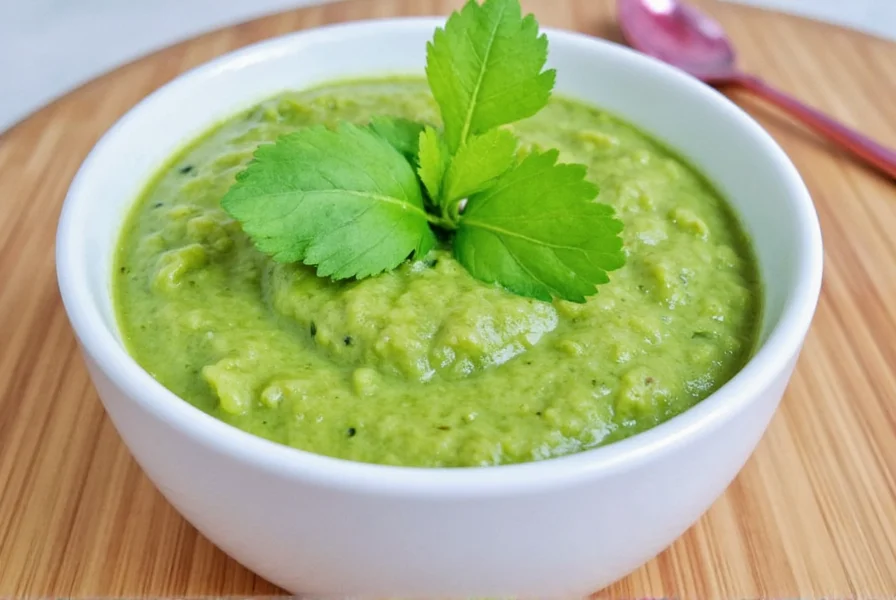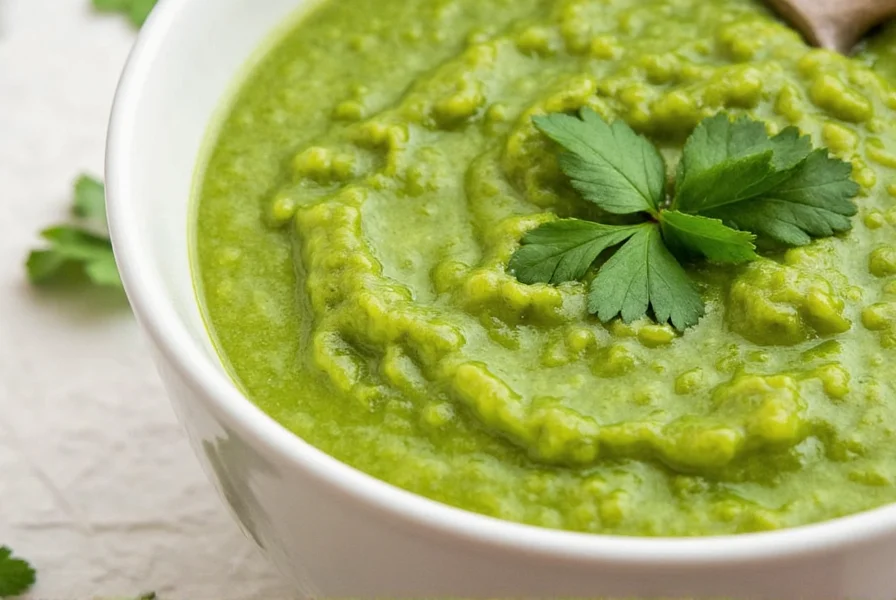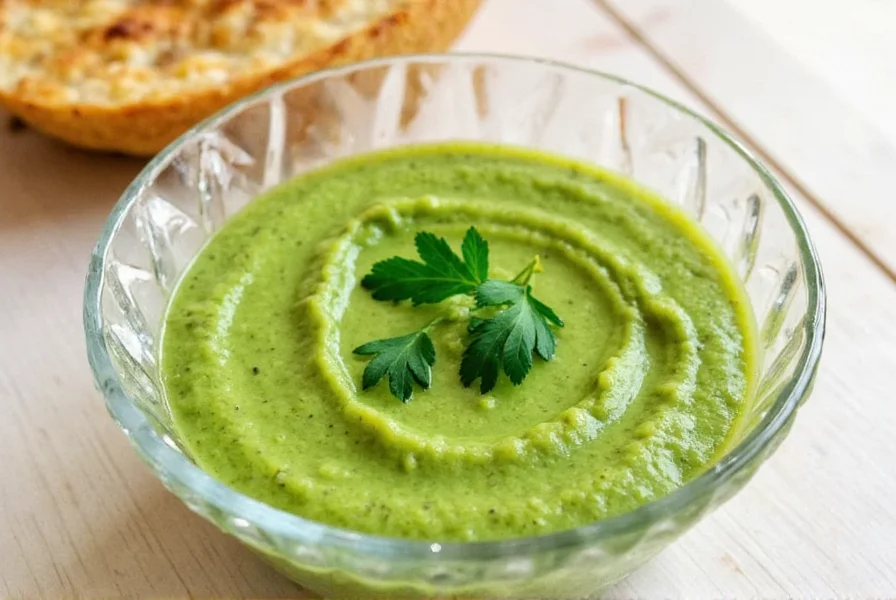Coriander coconut chutney represents one of India's most beloved traditional accompaniments, cherished for its bright flavor and versatility across regional cuisines. This fresh preparation method preserves the natural vibrancy of ingredients while delivering authentic taste without compromising on convenience.
Essential Ingredients for Perfect Coriander Coconut Chutney
Creating an authentic coriander coconut chutney requires careful selection of fresh ingredients. The quality of your coriander leaves directly impacts the final flavor profile, so choose vibrant green bunches with no yellowing. For homemade coriander coconut chutney preparation, you'll need:
| Ingredient | Quantity | Preparation Notes |
|---|---|---|
| Fresh coriander leaves | 2 cups, tightly packed | Washed thoroughly and stems removed |
| Fresh grated coconut | 1 cup | Or frozen unsweetened coconut |
| Green chilies | 2-3 | Adjust based on heat preference |
| Garlic cloves | 2 | Optional for depth of flavor |
| Lemon juice | 1 tbsp | Freshly squeezed |
| Water | As needed | For desired consistency |
Step-by-Step Preparation Guide
Follow these precise steps for the best homemade coriander coconut chutney recipe that maintains its vibrant color and fresh flavor:
- Wash coriander leaves thoroughly under running water and pat dry with clean kitchen towel
- Remove tough stems from coriander leaves (keeping tender stems enhances flavor)
- Combine coriander leaves, coconut, green chilies, garlic, and lemon juice in blender
- Add 2-3 tablespoons of water to facilitate blending
- Pulse in short bursts until smooth, scraping down sides as needed
- Adjust water quantity for preferred consistency (thicker for dipping, thinner as sauce)
- Transfer to serving bowl and immediately prepare tempering
Traditional Tempering Technique
The tempering (tadka) elevates your fresh coriander coconut chutney from good to exceptional. Heat 1 tablespoon oil in small pan until shimmering, then add:
- 1 teaspoon mustard seeds (until they pop)
- 1 dried red chili (broken)
- 10-12 curry leaves
- Pinch of asafoetida (hing)
Pour this aromatic tempering over the prepared chutney and mix gently. The sizzling sound indicates proper oil temperature for optimal flavor release.

Pro Tips for Consistent Results
Professional chefs recommend these techniques for perfect coriander coconut chutney every time:
- Use chilled ingredients and blender jar to preserve vibrant green color
- Add lemon juice before blending to prevent oxidation and browning
- Never over-blend as heat from friction can darken the chutney
- For smoother texture, roast coconut lightly before blending
- Adjust green chili quantity based on variety (some are significantly hotter)
Storage and Serving Recommendations
Understanding proper storage techniques ensures your traditional South Indian coriander coconut chutney maintains freshness. Store in airtight container in refrigerator for up to 3 days. For extended preservation:
- Freeze in ice cube trays then transfer to freezer bags (keeps 1 month)
- Always use clean, dry spoon when serving to prevent contamination
- Place plastic wrap directly on chutney surface before sealing container
Pair this versatile condiment with:
- Steamed idlis and dosas (classic South Indian combination)
- As sandwich spread replacing mayonnaise
- Dipping sauce for vegetable cutlets or samosas
- Marinade base for grilled chicken or fish
- Mixed with yogurt for refreshing raita

Popular Variations to Explore
Once comfortable with the basic recipe for how to make coriander coconut chutney without preservatives, experiment with these regional adaptations:
- Lentil-enhanced: Add 1 tablespoon roasted chana dal for nutty flavor and thicker texture
- Tangy version: Substitute tamarind paste for lemon juice for deeper sour notes
- Creamy variation: Blend in 2 tablespoons Greek yogurt for milder flavor
- Dry chutney: Dehydrate and powder for instant mix (add water when needed)
Frequently Asked Questions
Why does my coriander coconut chutney turn brown quickly?
Oxidation causes browning in fresh coriander chutney. Prevent this by adding lemon juice before blending, using chilled ingredients, and storing with plastic wrap directly on the surface. The acid in lemon juice preserves the vibrant green color for longer.
Can I make coriander coconut chutney without coconut?
While coconut is essential for authentic flavor and texture, you can create a reasonable substitute using roasted peanuts or cashews. However, this changes the fundamental character of the chutney and becomes a different preparation altogether.
What's the best blender for making smooth coriander coconut chutney?
High-speed blenders with at least 1000 watts perform best for achieving smooth coriander coconut chutney without fibrous bits. If using a regular blender, pause frequently to scrape down sides and add minimal water only as needed to maintain maximum flavor concentration.
How can I adjust the consistency of my chutney?
For thicker chutney (ideal for spreading on dosas), use minimal water during blending. For thinner consistency (as dipping sauce), gradually add cold water one tablespoon at a time until desired texture is achieved. Remember that chutney thickens slightly when chilled.











 浙公网安备
33010002000092号
浙公网安备
33010002000092号 浙B2-20120091-4
浙B2-20120091-4